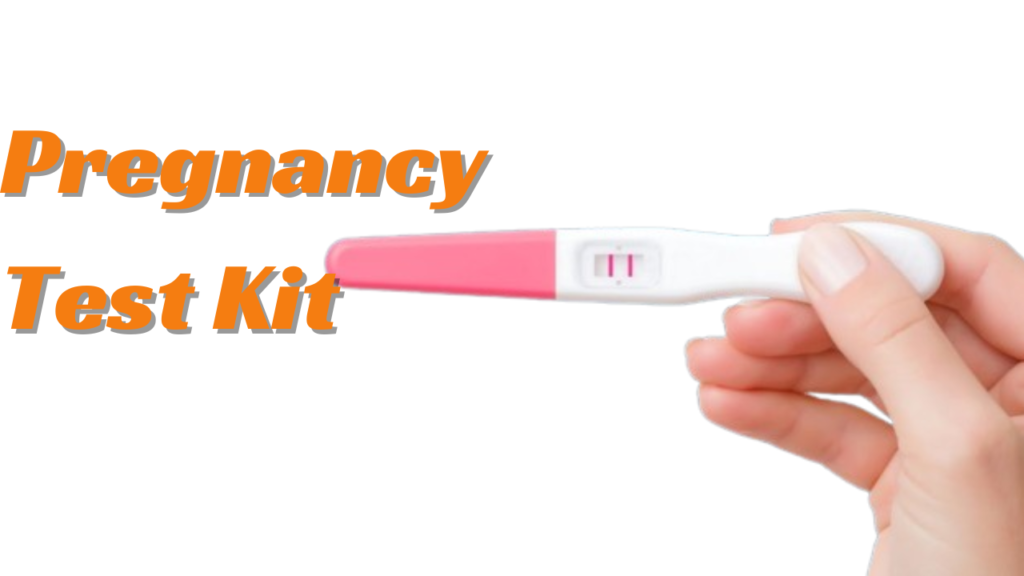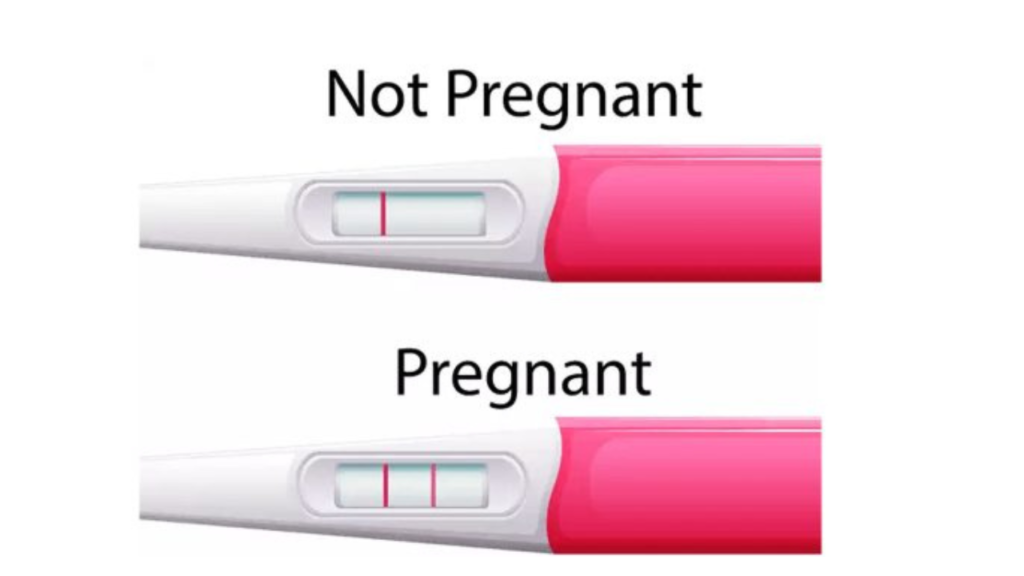
Pregnancy Test Kit:
One useful tool that offers a quick and easy way to find out if you are pregnant is a pregnancy test kit. These kits are easily obtained from pharmacies and internet retailers, enabling you to do the test in the convenience of your own home. Let’s examine pregnancy test kits in more detail, including their functions and importance.
Table of Contents
History:
Pregnancy test kit history is intriguing and has changed dramatically over time. Let’s travel back in time to discover the origins of these indispensable tools:
Early Discoveries:
- Early in the 20th century, researchers discovered a hormone called human chorionic gonadotropin (hCG), which the placentas of pregnant women produce.
- The researchers found that during the first few weeks of pregnancy, hCG levels grow quickly and peak between 8 and 10 weeks of gestational age.
- This hormone developed into an accurate pregnancy indicator.
Initial Immunoassays:
- The first hCG immunoassay was created in 1960. The haemagglutination inhibition (HI) test was the name given to it.
- The detection of hCG in blood samples was made possible by this assay.
- That being said, it was not intended for use in home testing but rather in medical facilities.
Home Pregnancy Tests:
- The first home pregnancy test kits were developed in tandem with the sexual revolution of the 1970s.
- These kits gave women the privacy to test for pregnancy in their own homes.
- The early home tests required users to combine urine with solutions in test tubes and wait for results; they were basically little chemistry sets.
1970s and Later:
- The first authorized home pregnancy test kits were released in the US in the late 1970s.
- These kits made things easier, enabling women to do the test without the need for physician supervision.
- Pregnancy detection was changed by the ease of at-home testing.
Modern Pregnancy Test Kits:
Pregnancy test kits are now widely accessible and simple to use.
- Urine dipstick testing and midstream tests are the two primary varieties.
- After a missing period, most urine test kits claim to have excellent accuracy in detecting hCG levels.
- The findings of digital tests are clearly marked as “pregnant” or “not pregnant.”

Understanding Pregnancy Test Kits
1. How They Work
Human chorionic gonadotropin (hCG), a hormone found in urine, is detected by pregnancy test kits. Shortly after a fertilized egg adheres to the uterine lining, the placenta produces this hormone. hCG levels rise with pregnancy, making it a valid indicator of pregnancy.
2. Types of Pregnancy Test Kits
pregnancy test kits types:
- Urine Dipstick Tests: these are inexpensive and easy to use. The test strip is dipped into a urine sample that has been collected in a cup. If hCG is present, the color of the strip changes.
- Midstream Tests: They resemble sticks with absorbent tips. You can dip the tip into a collected sample or hold it beneath your stream of pee. In a few of minutes, the outcome is displayed on the stick.
3. Accuracy and Timing
High accuracy is a claim made by most pregnancy test kits, particularly when used following a missed menstruation. Early testing, though, can result in false negatives. For accurate results, it is preferable to wait until your menstruation is late.
4. Interpreting Results
- Positive Result: If the test shows two lines (even faintly), you are likely pregnant.
- Negative Result: A single line indicates no pregnancy.
Timing:
- The majority of at-home pregnancy tests assert to be 99% accurate when utilized properly.
- However, the timing of the test affects accuracy.
- Hold off until after the first day of a missing menstruation for the most accurate findings.
Certainly! Here are some frequently asked questions (FAQs) about pregnancy test kits:
- How do home pregnancy tests work?
- Human chorionic gonadotropin, or hCG, is what home pregnancy tests look for in your blood or urine.
- Shortly after a fertilized egg adheres to the uterine lining, the placenta produces hCG.
- You can quickly and easily find out if you are pregnant with these tests.
- For the most accurate result, what is the optimum time to take a pregnancy test?
- Hold off until after the first day of a missed period for the most reliable results.
- Although early testing may produce false negative results, many tests can identify pregnancy as soon as 10 days after fertilization.
- Can a home pregnancy test give me a misleading positive or negative result?
- It is possible to have false positives and negatives.
- Chemical interference or some drugs may cause false positives.
- If a test is administered incorrectly or too early, false negative results may result.

